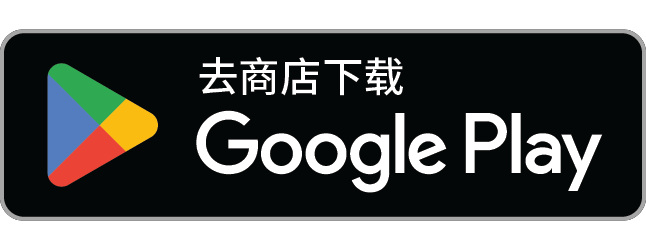母牛和小牛雕像
Unknown, Syria, early 13th Century1200/1250
The Museum of Islamic Art, Qatar
Doha, 卡塔尔
Animal figurines were a short-lived phenomenon of the late twelfth to thirteenth centuries in both Syria and Iran. The cow or bull figure was especially popular, but in Iran it was made to function as a vessel with a filler spout in the back and an open mouth through which the liquid was poured, whereas in Syria the trend was for figurines with a purely decorative function. The Iranian figurines are highly stylised, only recognisable as cows or bulls through their general outline of head, horns, and four legs. Syrian examples, on the other hand, are very life-like and this sculpture, identifiable as a zebu cow and calf, is no exception. The mother is shown standing while her calf suckles; the hanging dewlap, small hump, swept back horns and large cloven hooves characteristic of the breed are accurately modelled and the stance is naturalistic. It has been suggested that these animals were understood as a lunar symbol, with the curved horns representing the crescent moon; this theory is supported by the crescent on this cow’s forehead. The bull was also a symbol of the constellation Taurus, and along with the figure of a lion was used to represent the Persian new year festival of No Ruz. شكّلت تماثيل الحيوانات ظاهرة لم تستمر طويلاً في أواخر القرن الثاني عشر وحتى القرن الثالث عشر في كلٍّ من سورية وإيران. كان تصوير البقرة أو الثور شائعاً بشكل خاص، لكن في إيران كان يُعطى للتمثال وظيفة إناء له فتحة للتعبئة من الخلف وفمٌ مفتوح في المقدمة يتم منه سكب السوائل، أما في سوريا فقد كانت لهذه التماثيل وظيفة تزيينية فقط. كانت التماثيل الإيرانية تحمل طرازات غريبة ولم يكن ممكناً تمييزها على أنها أبقار أو ثيران إلا من خلال الشكل العام للرأس والقرنين والأرجل الأربعة. أما النماذج السورية، فقد كانت تشبه الشكل الحقيقي للحيوانات إلى حدّ كبير، ولا يُعتبر هذا العمل، المكوّن من بقرة دربانية وعجل، استثناءً للقاعدة. تظهر البقرة في وضعية الوقوف وهي ترضع عجلها؛ وقد تمّ بشكل دقيق تصوير اللُّغد (اللحم المتهدل تحت رقبة البقرة) والسنام والقرنين المائلين للخلف والحوافر الكبيرة المتشققة، بحيث ظهر التمثال بوضع طبيعي. وقد تمت الإشارة إلى هذه الحيوانات على أنها تشكل رمزاً قمرياً، حيث يمثل القرنان شكل الهلال؛ ويدعم هذه النظرية وجود هلال على جبهة البقرة. الثور أيضاً كان مثالاً لكوكبة الثور (مجموعة نجوم في السماء): وإلى جانب شكل الأسد، كان يُستخدم للإشارة إلى مهرجان العام الجديد الفارسي النوروز.
- 标题: 母牛和小牛雕像
- 创作者: Unknown, Syria, early 13th Century
- 创作者国籍: Syria
- 创作日期: 1200/1250
- 实际尺寸: h380 cm
- 类型: Figurine
- 外部链接: http://www.mia.org.qa/
- Length: 29.3 cm
